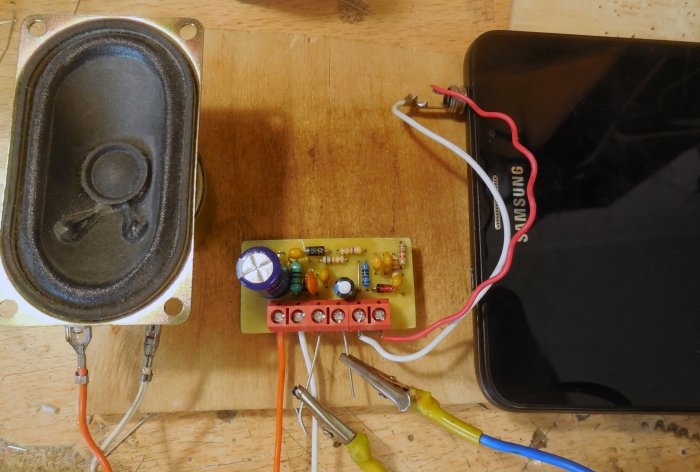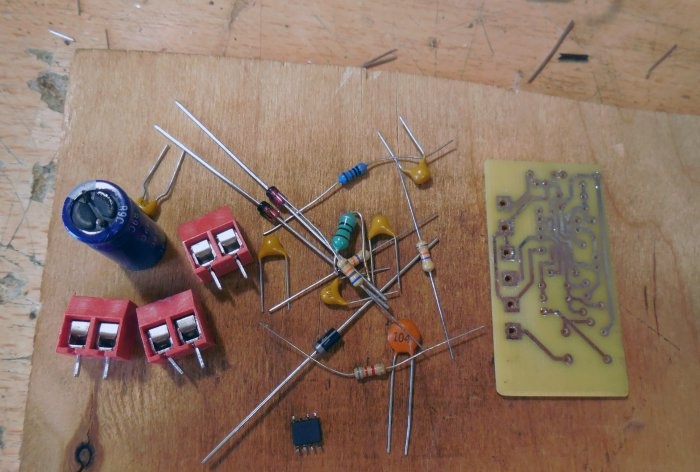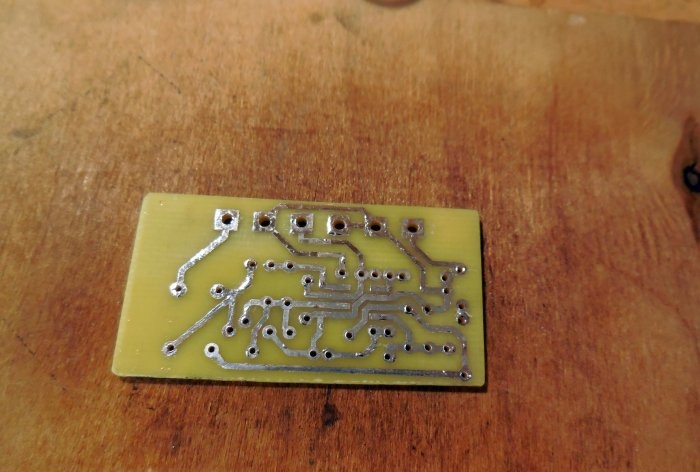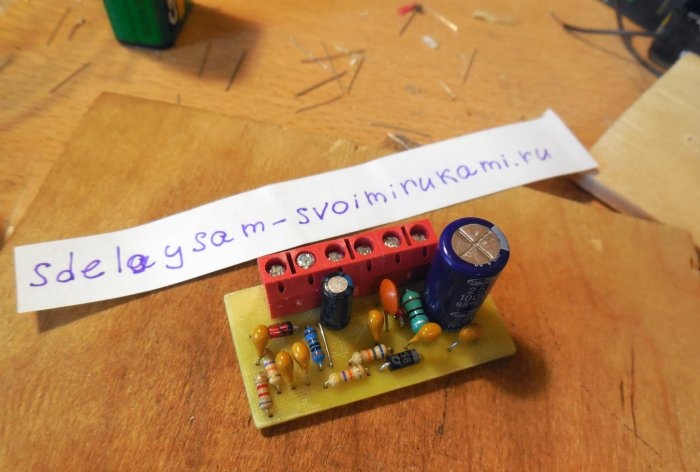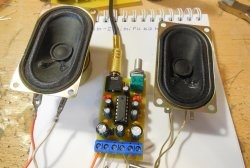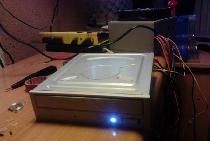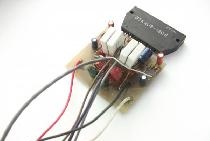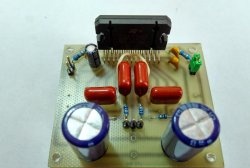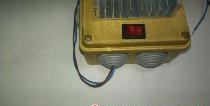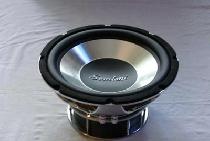Simple Class D amplifier
As you know, audio power amplifiers are divided into different classes. Amplifiers operating in class “A” can provide decent music sound quality due to the high quiescent current, but they have extremely low efficiency, they consume a lot of current and require good cooling.
Class B amplifiers, on the contrary, are very economical, but they introduce quite a lot of non-linear amplifiers into the signal. The most common class is “AB”, as its name suggests, it is something between “A” and “B”. It does not consume that much and allows you to reproduce an audio signal with fairly good quality. However, such amplifiers, especially when the power already amounts to tens of watts, still need a radiator for cooling. That is why class “D” amplifiers have recently become very popular. They have high efficiency (80-90%) and can do without a radiator even with a power of a couple of tens of watts, while providing quite decent sound quality. One such scheme is presented below.
Amplifier circuit
Its basis is the MP7720 microcircuit, which has been quite common lately; it provides output power of up to 20 watts.The supply voltage ranges widely - from 7 to 24 volts. The higher the voltage, the more power you can get at the output. D2 in the diagram is a 6.2 volt zener diode, for example, 1N4735A. D1 – Schottky diode for a voltage of at least 30 volts and a current of 1 ampere. Suitable, for example, 1N5819. L1 – inductor with an inductance of 10 μH, any type of inductor is suitable. C9 is a coupling capacitor; it is connected in series with the speaker and cuts off the DC component of the output signal. That is why, even if the assembly is incorrect, there will be no constant voltage at the output of the amplifier and you don’t have to worry about the speaker. Pin 4 of the microcircuit is responsible for its state - whether it is on or off. If the voltage at this pin is close to zero, the amplifier will not work. That is why the circuit has a zener diode D3 for a voltage of 4.7 volts; for example, 1N4732A can be used. All electrolytic capacitors must be rated at a minimum of 1.5 times the supply voltage. The circuit does not have any other special features; it is enough to assemble it correctly, and it will immediately start working.
Class D amplifier assembly
As usual, the printed circuit board is made first; its dimensions are 45x30 mm. This amplifier was supposed to be the most economical and miniature, so all the elements are located quite close to each other to save space, and the SMD chip is soldered on the side of the tracks. The printed circuit board is made using the LUT method; below are several photographs of the process.
When tinning the tracks, you need to be very careful not to accidentally short them with excess solder.After tinning, the first thing we do is solder the microcircuit, and then the rest of the parts on the other side of the board. To connect all wires on the board there is a place for a terminal block. After soldering is completed, it is worth checking the adjacent tracks for short circuits, first removing any remaining flux from the board. Particular attention should be paid to removing the area under the microcircuit; there should be no liquid flux remaining under it, which could harm the proper operation of the amplifier.
First start-up and testing
Before turning it on for the first time, you need to place an ammeter in the gap in the supply wire. Then, after applying power, look at the ammeter readings - without applying a signal to the input, the microcircuit should not consume more than 10 mA. If the quiescent current is normal, you can connect a speaker, apply a signal to the input, for example, from a player, computer or phone, and test the amplifier under load. Even at high volume, the microcircuit should not heat up noticeably. At first glance, this seems amazing - such a small microcircuit calmly provides an output power of tens of watts, without heating up at all. The thing is that it turns a regular analog audio signal into a sequence of pulses, which are then amplified. In this case, the transistors operate not in linear, but in switching mode, which makes it possible to do without a radiator. The amplifier is monophonic, which means to reproduce a stereo signal you will have to assemble a second one of the same type. Such a small board can be embedded anywhere; it is simply irreplaceable when building various portable speakers that run on battery power. Happy assembly.

